Author: Zen, PANews
Before officially taking office, South Korean President Lee Jae-myung clearly proposed in his campaign program to support the innovative initiative of "local currency pegged stablecoins," aiming to curb wealth outflow and enhance the competitiveness of the country's digital financial ecosystem. After the Lee Jae-myung government took office, the South Korean cryptocurrency industry immediately began to "stir": not only are eight major commercial banks preparing to launch a joint project for a won-pegged stablecoin, but traditional tech giants and Web3 companies are also making moves, striving to seize the initiative in the increasingly fierce regional and even global stablecoin competition.
At the same time, the National Assembly is reviewing the "Basic Law on Digital Assets," which will provide a legal basis for private institutions to issue won-pegged stablecoins, and financial regulatory authorities are also accelerating the establishment of operational norms in line with international standards. It can be seen that the second half of 2025 to the first half of 2026 may be a "explosive" growth window for the South Korean stablecoin market. This article by PANews systematically sorts out and analyzes the main participants, business models, and innovative trends in the South Korean stablecoin market, focusing on several potential issuers.
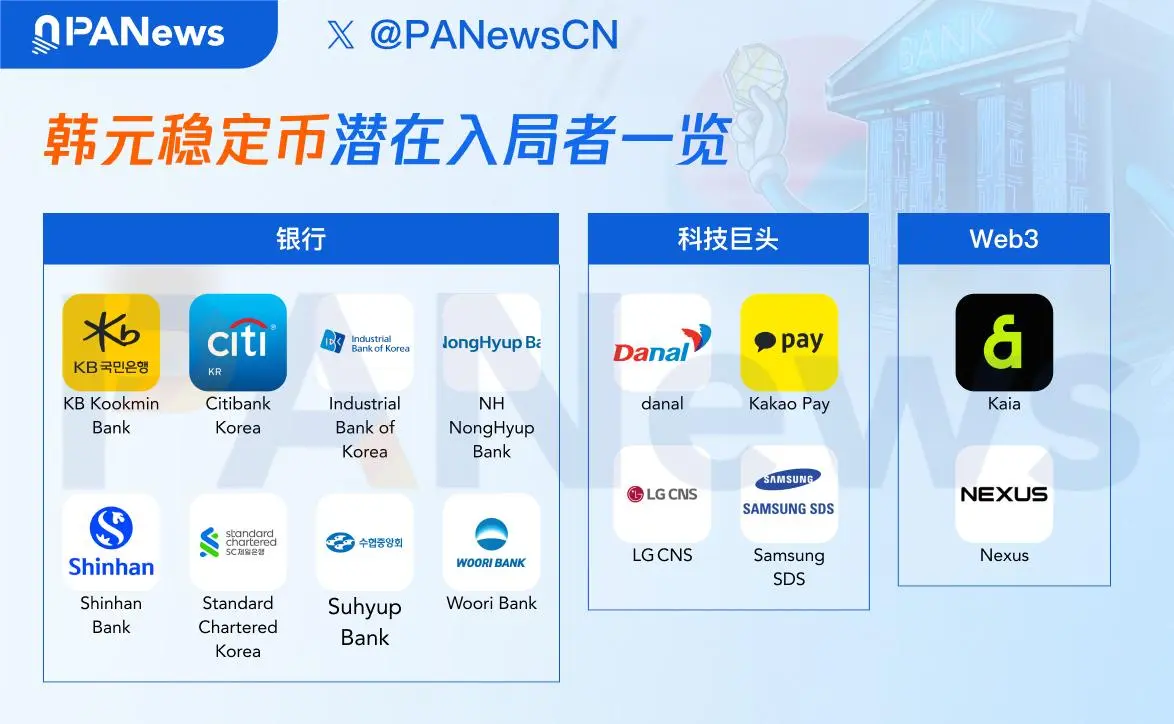
South Korean Bank Alliance
Due to the potential significant impact of introducing stablecoins on monetary policy and transaction settlement systems, the Bank of Korea has expressed concerns about whether stablecoins can serve as a substitute for legal tender, despite recognizing their innovative and facilitative role in the fintech sector. On June 24, Bank of Korea Governor Lee Chang-yong stated that the central bank is working with relevant institutions to develop a regulatory framework for stablecoins to ensure their stability and practicality while preventing them from being used to evade foreign exchange controls. Lee Chang-yong also expressed a cautious attitude towards the won-pegged stablecoin.
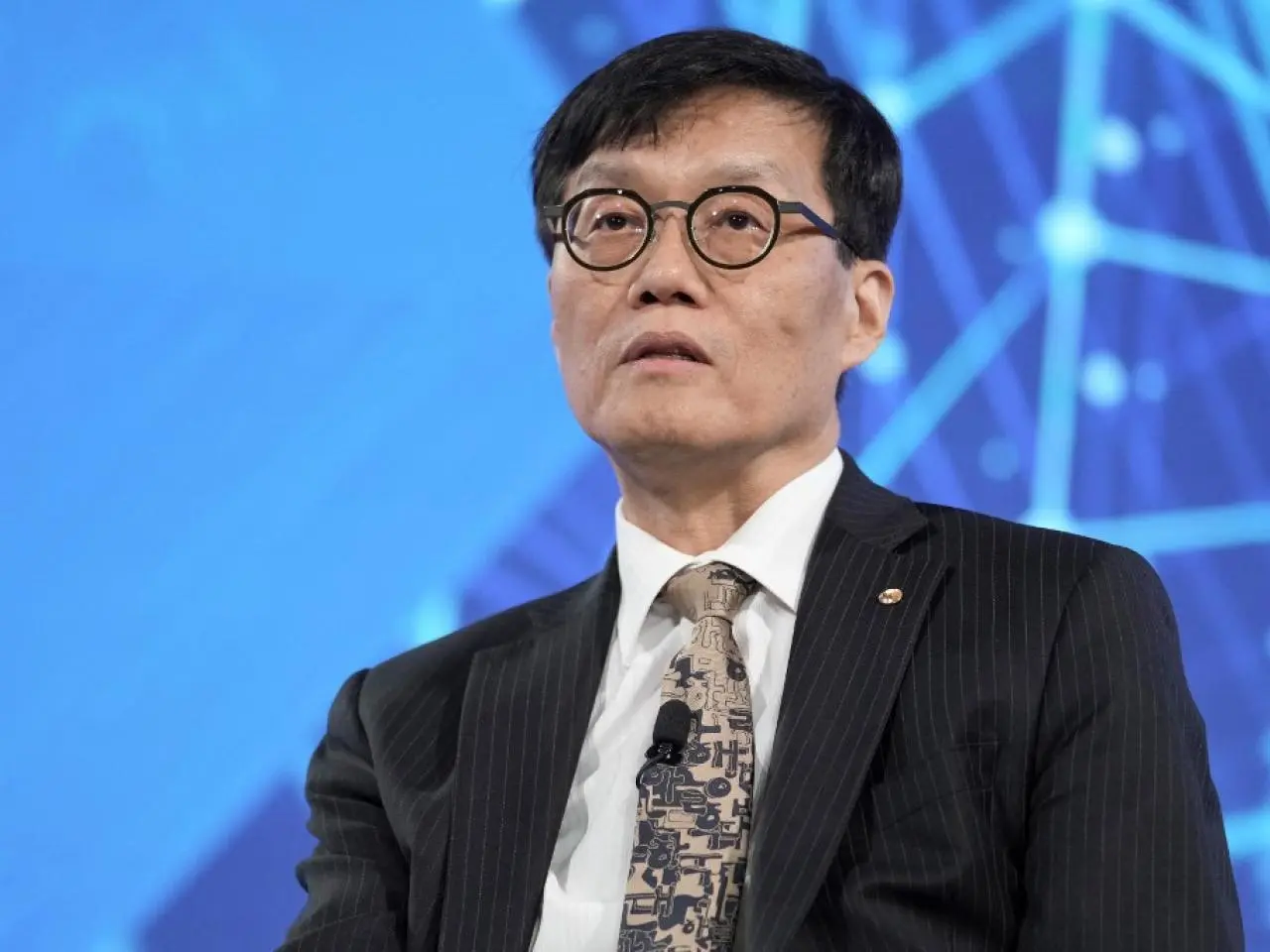 Bank of Korea Governor Lee Chang-yong
Bank of Korea Governor Lee Chang-yong
Under this cautious policy direction, the most competitive participants in the won-pegged stablecoin arena are undoubtedly the banking institutions. According to a report by Reuters, on June 24, Ryoo Sang-dai, the senior deputy governor of the Bank of Korea, stated at a press conference that it would be best to gradually introduce won-pegged stablecoins, which should first be issued by strictly regulated commercial banks. After accumulating sufficient experience, the scope could gradually expand to the non-bank sector to mitigate impacts on monetary policy and payment systems.
On June 25, South Korean media "Economic Review" reported that eight major banks in South Korea plan to establish a joint venture to issue won-pegged stablecoins. The participating banks include KB Kookmin Bank, Shinhan Bank, Woori Bank, NH NongHyup Bank, Industrial Bank of Korea, Suhyup Bank, Citibank Korea, and Standard Chartered Korea. Additionally, the Open Blockchain and Decentralized Identifier Association (OBDIA) and the Korea Financial Telecommunications and Clearing Institute (KFTC), a non-profit organization responsible for South Korea's interbank payment infrastructure, will participate in coordination and cooperation.
It is reported that the project team is considering two stablecoin issuance models: one is a trust model, where customer funds are first held in trust before issuing stablecoins; the other is a deposit token model, linking stablecoins to bank deposits. Currently, the aforementioned banks are discussing the joint construction of infrastructure, and the joint venture could be established as early as the end of this year or early next year after the legal framework is improved.
According to disclosed information, among the eight banks, KB Kookmin Bank, the largest retail bank in South Korea, is the most actively involved in the stablecoin layout. It has already initiated the process of obtaining trademark rights related to stablecoins, with proposed trademarks including combinations of "KB" and the won symbol "KRW," such as KBKRW, KRWKB, KBST, and KRWST. This move marks the first formal major entry of a traditional South Korean bank into the stablecoin field. The bank has a network of over 1,000 branches and a large personal customer base, making it a core leader in this joint venture.
Shinhan Bank, alongside KB Kookmin Bank, is a leader in the South Korean retail market and has made several attempts to connect with virtual assets in recent years. It was one of the first to collaborate with Hedera in 2021 for a won-pegged stablecoin pilot to determine whether it was possible to issue and distribute stablecoins for financial use cases at lower costs and shorter completion times than existing systems, while also ensuring traceability. In 2022, Shinhan Bank also issued virtual accounts to some enterprises that could trade virtual assets. In April of this year, the bank participated in a stablecoin-based cross-border remittance demonstration experiment between Korea and Japan—led by Japan's Programat, Korea's Fair Square Lab, and Korea's Digital Asset Custody Agency (KDAC)—aimed at building a next-generation global remittance and payment system using digital assets.
Additionally, Woori Bank, NH NongHyup Bank, and others have rich international payment experience and have played important roles in CBDC testing, interbank RTGS, and blockchain projects; Industrial Bank of Korea has been deeply involved in SME lending and trade financing for many years, providing cost advantages for enterprise-level application scenarios; Standard Chartered and Citibank Korea can leverage their parent banks' international networks to provide overseas clearing and offshore liquidity support for stablecoins.
Kakao Pay and Kaia
As a leading company in the South Korean payment sector, Kakao Pay is one of the most proactive players in the layout of won-pegged stablecoins among large enterprises.
Kakao Pay was established in 2014, relying on the Kakao Talk instant messaging application, and within just 20 months, its user base exceeded 10 million. In 2017, it received a $200 million strategic investment from Ant Financial, solidifying its leading position in the South Korean mobile payment market. By mid-2025, Kakao Pay's penetration rate in online and offline QR code payments, P2P transfers, and e-commerce settlement scenarios in South Korea has exceeded 60%. In terms of market share and active user scale, its position in South Korea is comparable to that of Alipay and WeChat Pay in China.
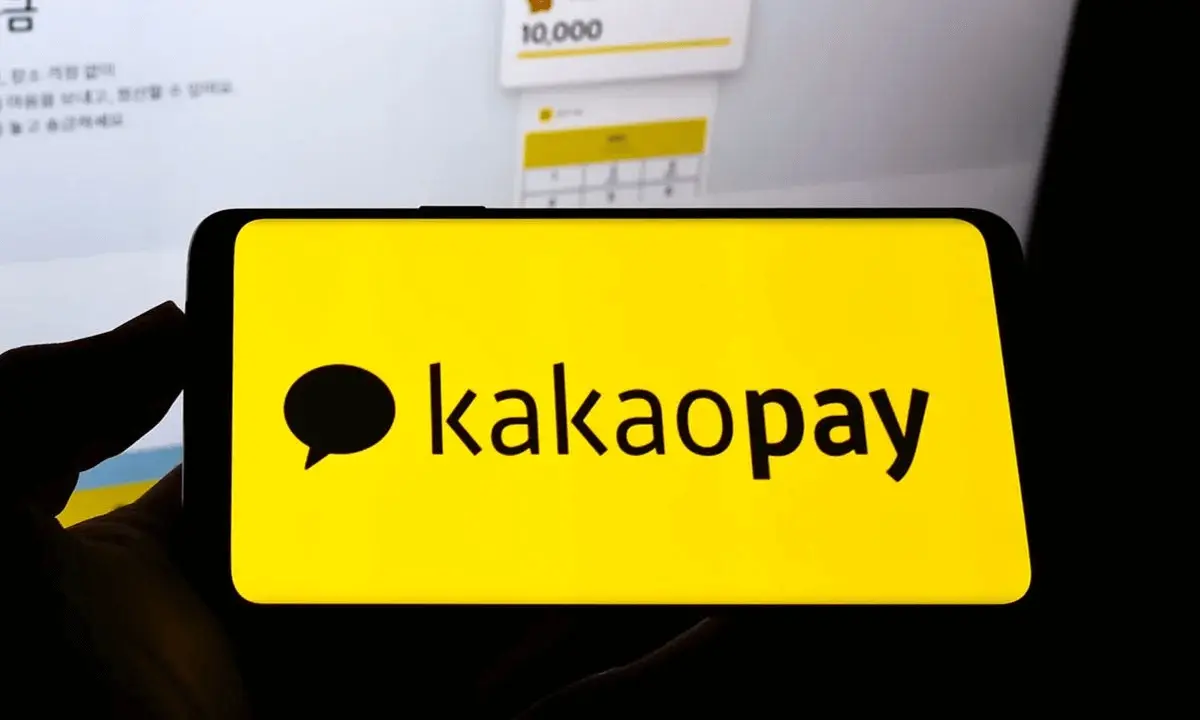
Pro-cryptocurrency Lee Jae-myung quickly announced after taking office that the Kaia team would collaborate with Kakao Pay, LINE NEXT, and other super applications to plan the launch of a won-pegged stablecoin. Following the announcement, Kakao Pay's stock price surged nearly 30%. On June 22, Kakao Pay officially launched its business layout for the won-pegged stablecoin, aiming to seize the initiative in the stablecoin market. According to South Korean media "Seoul Economic Daily," Kakao Pay submitted 18 trademark applications related to stablecoins combining "KRW," "K," and "P" to the Korean Intellectual Property Office, such as "KRWKP" and "KWRP," covering the fields of virtual asset financial transactions, electronic transfers, and intermediary services, indicating its high expectations for the stablecoin business.
Kakao Pay will actively cooperate with the legislative process of the "Basic Law on Digital Assets" to seek to become one of the first compliant stablecoin issuers once the regulations are implemented. Kakao Pay will also leverage its traditional business advantages to closely collaborate with its parent company's ecosystem, including Kakao Bank and Kakao T, achieving deep integration of social, payment, and financial services, providing massive application scenarios for stablecoins.
Kaia is an EVM-compatible Layer 1 public chain formed by the merger of Klaytn (a Kakao subsidiary, Ground X) and Finschia (a LINE subsidiary) in August 2024, aimed at connecting a total of 250 million users of Kakao Talk and LINE. In early June 2025, KaiaChain Chairman Sam Seo clearly stated on social media that they would "fully promote the issuance of won-pegged stablecoins" on the Kaia mainnet, claiming that "the summer of stablecoins has just begun." Earlier, Kaia had launched a local USDT and collaborated with Tether to bring USD₮ into the Kaia ecosystem, laying the technical and ecological foundation for the subsequent KRW stablecoin.
Related reading: “Can the Kaia public chain ride the wave of Korean policy to enter the ‘summer of stablecoins’?”
Kaia is collaborating with super applications like Kakao Pay and LINE NEXT to plan a stablecoin project, aiming to achieve integrated cross-chain and cross-platform circulation of "on-chain + social + payment." With the synergy of the underlying public chain and terminal payment ecosystem, once policies are released, its stablecoin project can be quickly launched to seize market opportunities.
Danal
Danal, a well-established payment service provider in South Korea, is also a widely regarded participant. In 2019, it launched PayCoin (PCI), conducting early explorations in the virtual asset payment field. PayCoin once gained over 1 million registered users among various offline and online merchants, but the project was ultimately suspended due to regulatory uncertainties at the time, particularly obstacles related to VASP (Virtual Asset Service Provider) registration.
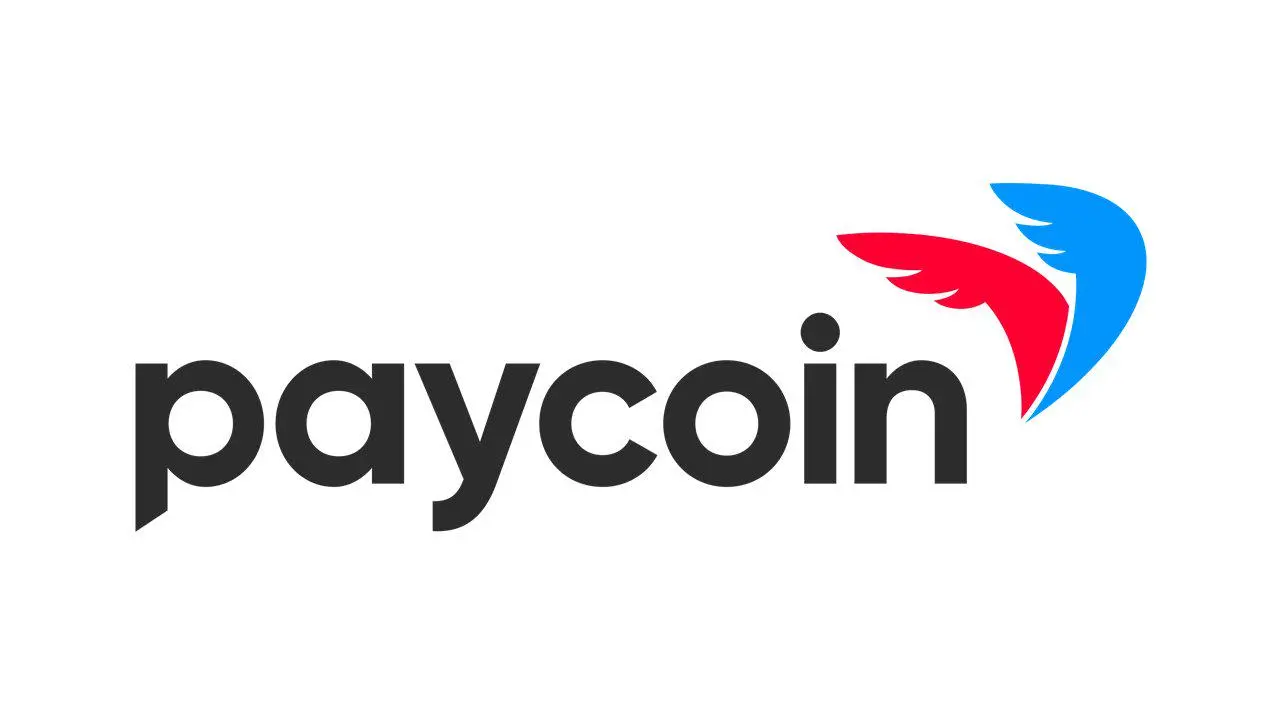
With the South Korean government accelerating the legislative process of the "Basic Law on Digital Assets" and clearly supporting the policy direction of local currency pegged stablecoins, Danal has restarted its digital currency business. According to a report by MK, Danal submitted multiple patent applications for "POS terminals supporting virtual asset payments and their operating methods" to the Korean Patent Office in June 2025, aiming to provide underlying technical support for potential stablecoin payment scenarios in the future.
From a technical perspective, Danal has a natural advantage in the stablecoin business process due to its years of accumulated POS terminal network and payment clearing system. On one hand, its POS terminals can directly recognize and settle on-chain tokens, simplifying the user payment path; on the other hand, its backend system for merchant settlements can seamlessly connect with off-chain reserve management, providing prerequisites for compliance audits and reserve proof.
Nexus
On the same day that Kakao Pay officially entered the stablecoin arena, blockchain startup Nexus expressed its desire to become the first issuer of a won-pegged stablecoin.
According to a report by ZDNet Korea, Nexus has issued a won-pegged stablecoin named KRWx on the BNB Chain and has submitted a trademark registration application to the Korean Patent Office. Additionally, they have also submitted trademark applications for fiat-pegged stablecoins such as USDx, JPYx, and EURx.
Nexus CEO Jang Hyun-guk stated that they chose to pre-release KRWx on the BNB Chain to establish a first-mover advantage and declared that they would continue to launch more fiat-pegged stablecoins, emphasizing that "the reason for the existence of stablecoins lies in their practicality" and the opportunities they present in the global digital economy.
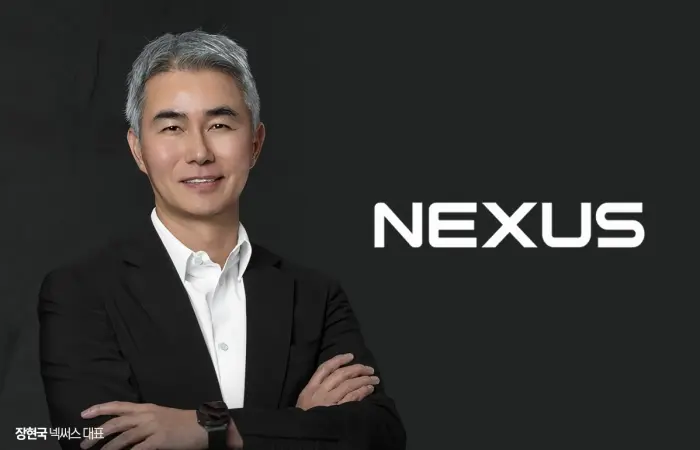 Nexus CEO Jang Hyun-guk
Nexus CEO Jang Hyun-guk
Furthermore, gaming media G-Ennews reported that Nexus is preparing for the issuance of "KRWx" and other fiat-pegged stablecoins and plans to establish a Hong Kong subsidiary, Nexus Stable HK, to leverage its advantages in Hong Kong law and trading markets to advance the internationalization of stablecoins.
Other Potential Participants
Samsung SDS, the IT solutions and system integration subsidiary of Samsung Group, has launched Nexledger, one of the most mature enterprise-level private chain solutions in the South Korean market, supporting multi-signature, cross-chain interoperability, and high-performance throughput. Industry insiders believe that Nexledger already possesses the three core characteristics required for stablecoins: "traceability + high reliability + auditability." Once internal or partner issuance plans are finalized, the technical preparations will be nearly complete.
According to a report by Chosun English, in the context of South Korea's upcoming policy to open local currency pegged stablecoins, Samsung SDS has been listed as one of the potential "infrastructure providers," with its corporate clients possibly issuing or hosting stablecoins through Nexledger.
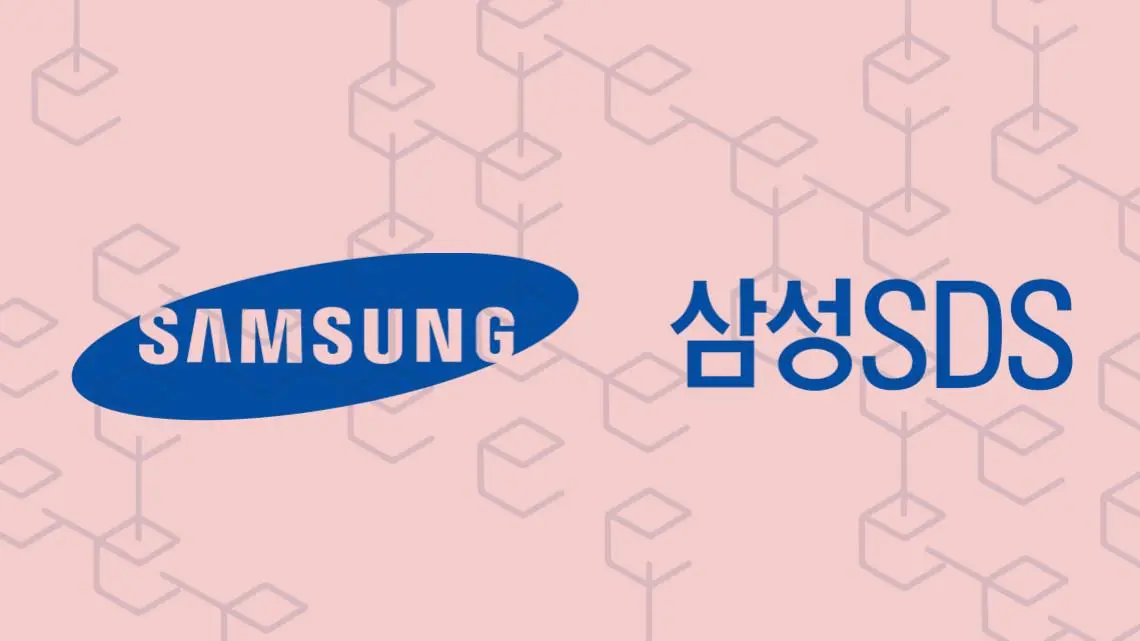
Similarly, LG CNS, the IT solutions and system integration subsidiary of LG, is also viewed as a potential participant and beneficiary due to its well-established underlying infrastructure. It has been selected as the official contractor for the Bank of Korea's (BOK) wholesale CBDC/tokenized deposit system, undertaking the construction of an open blockchain platform with a project budget of approximately 9.68 billion won, covering the period from Q3 2024 to March 2025.
As a core supplier of wholesale CBDC and digital currency solutions, LG CNS possesses essential capabilities in on-chain asset management, including minting, clearing, auditing, and custody. With the advancement of the "Basic Law on Digital Assets," private institutions will gradually gain the qualifications to issue stablecoins, and LG CNS can occupy the role of infrastructure supplier through technology output.
免责声明:本文章仅代表作者个人观点,不代表本平台的立场和观点。本文章仅供信息分享,不构成对任何人的任何投资建议。用户与作者之间的任何争议,与本平台无关。如网页中刊载的文章或图片涉及侵权,请提供相关的权利证明和身份证明发送邮件到support@aicoin.com,本平台相关工作人员将会进行核查。




